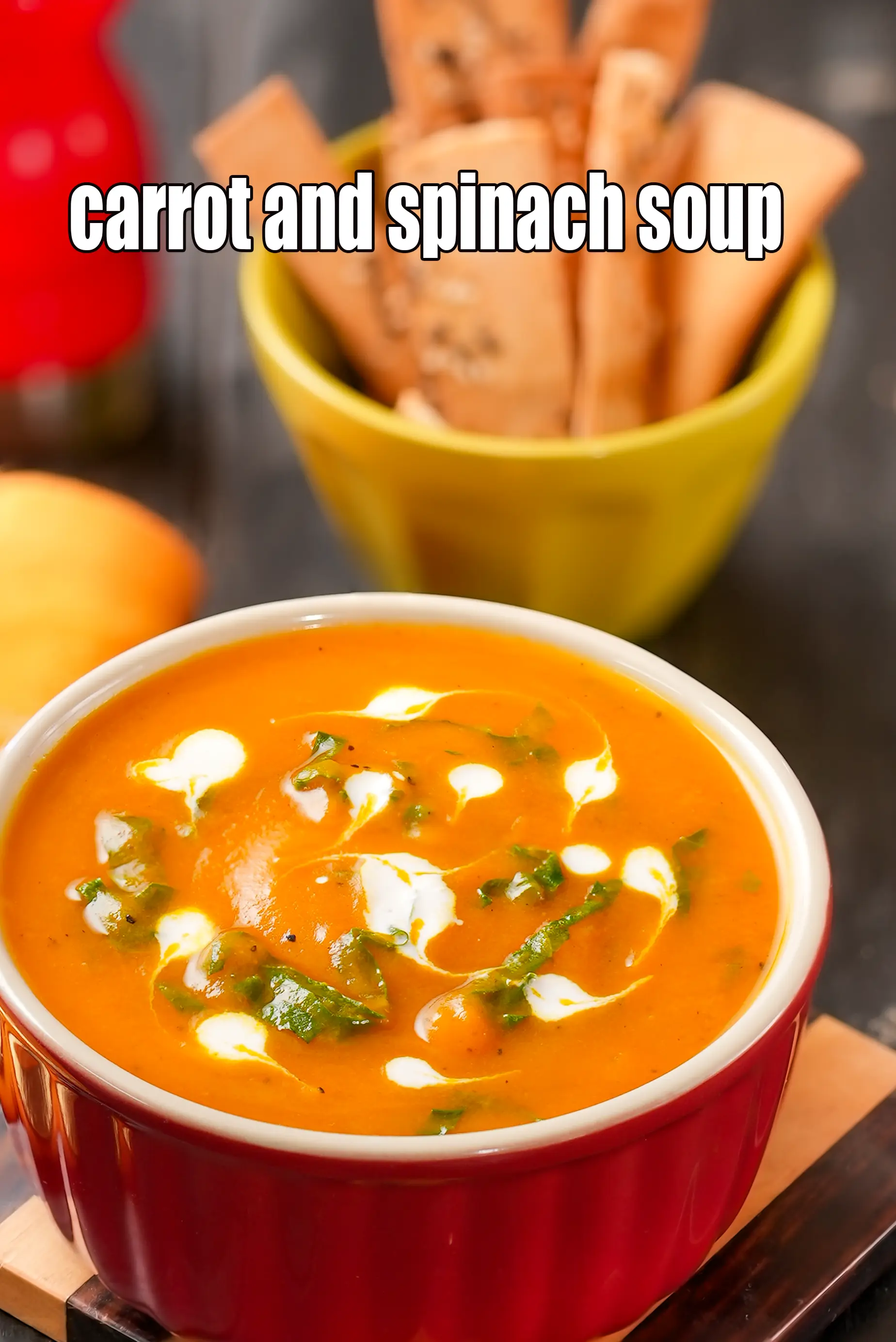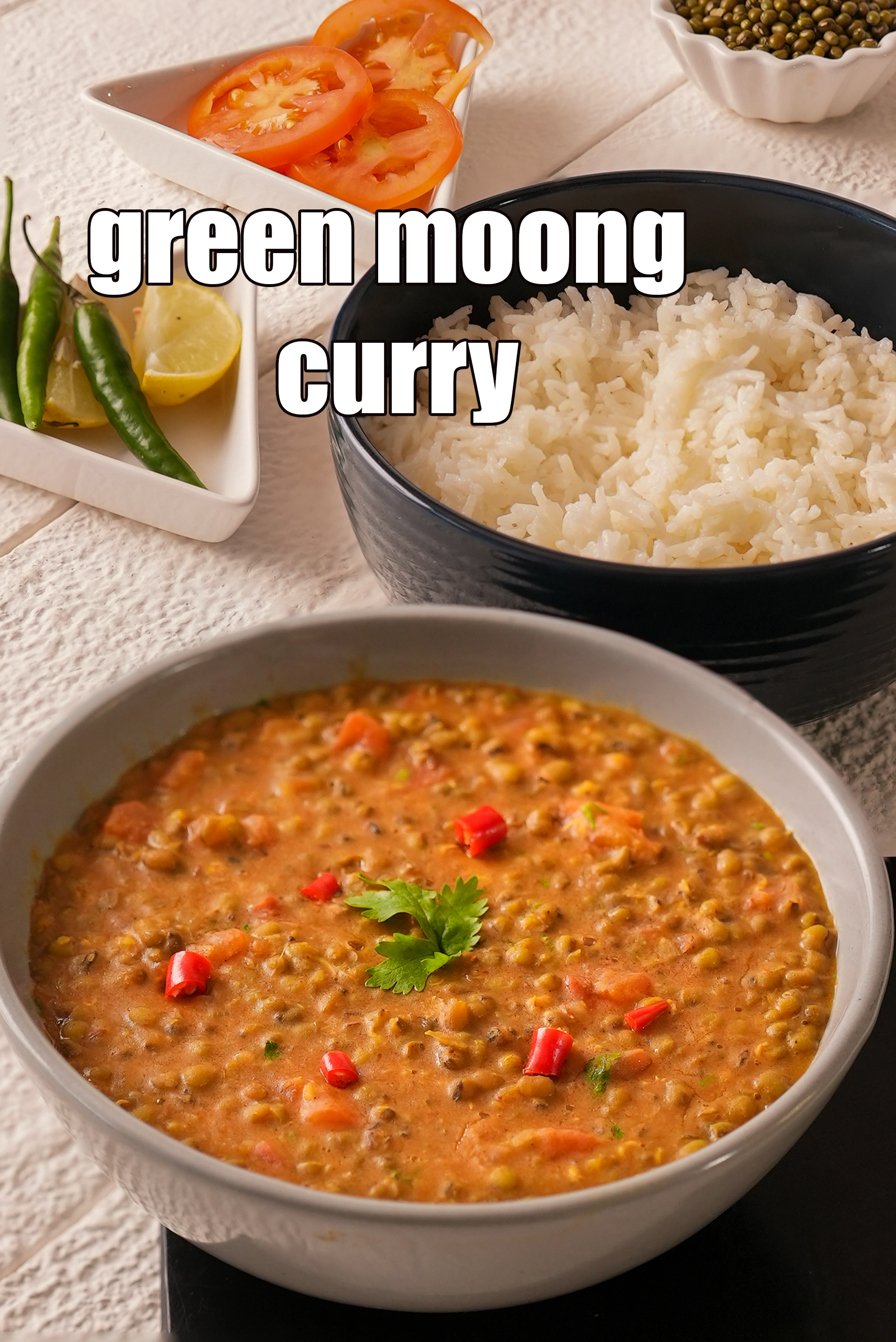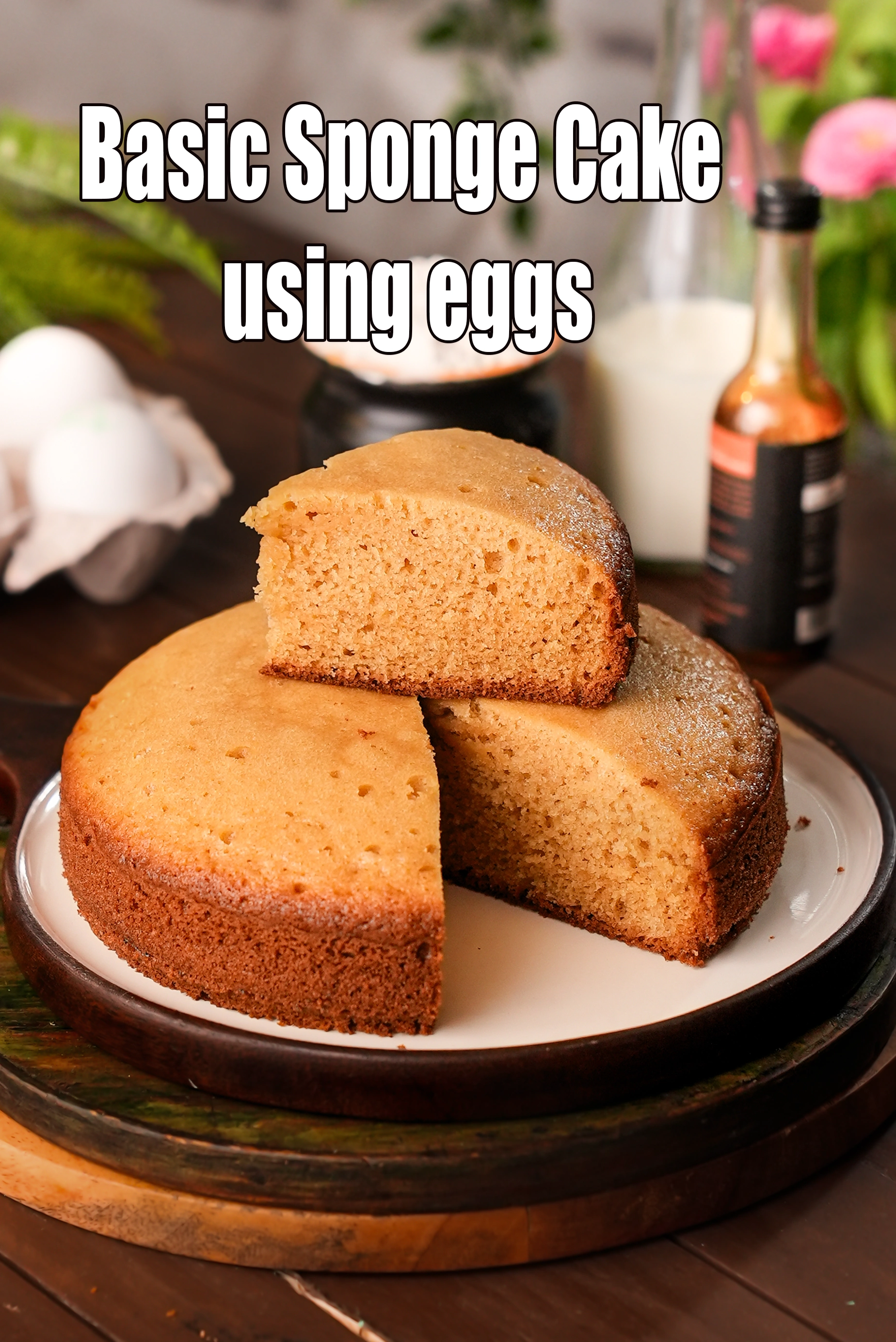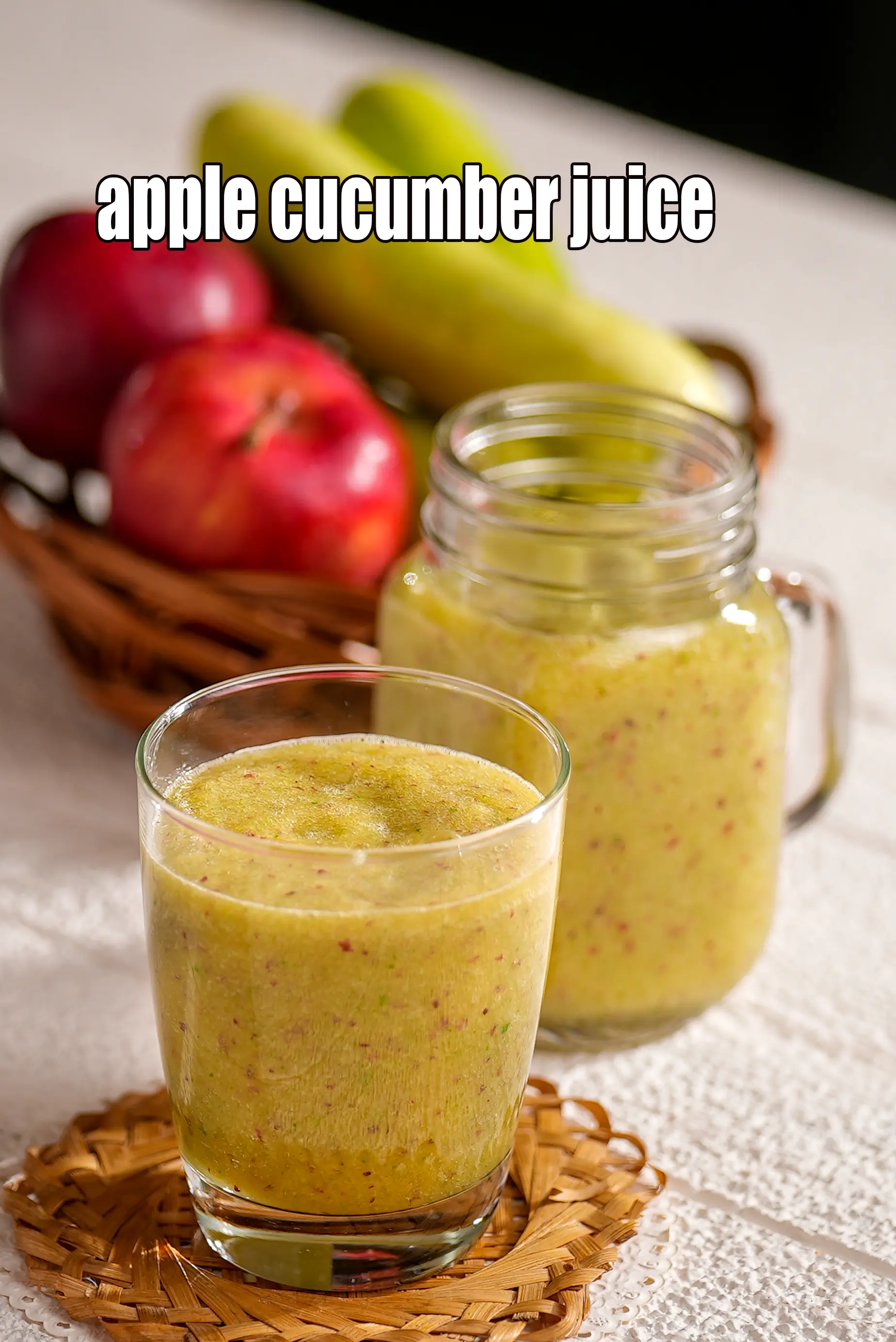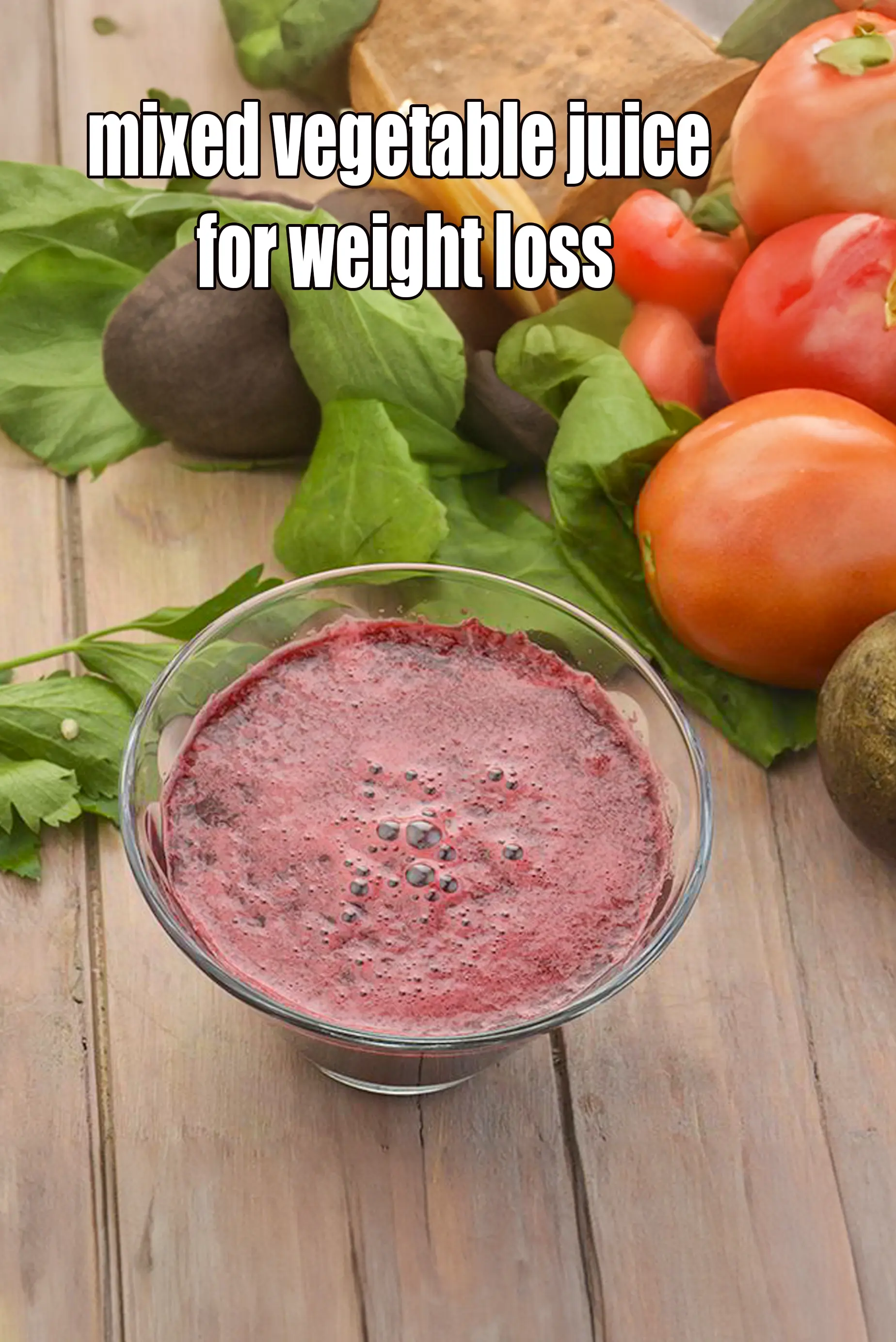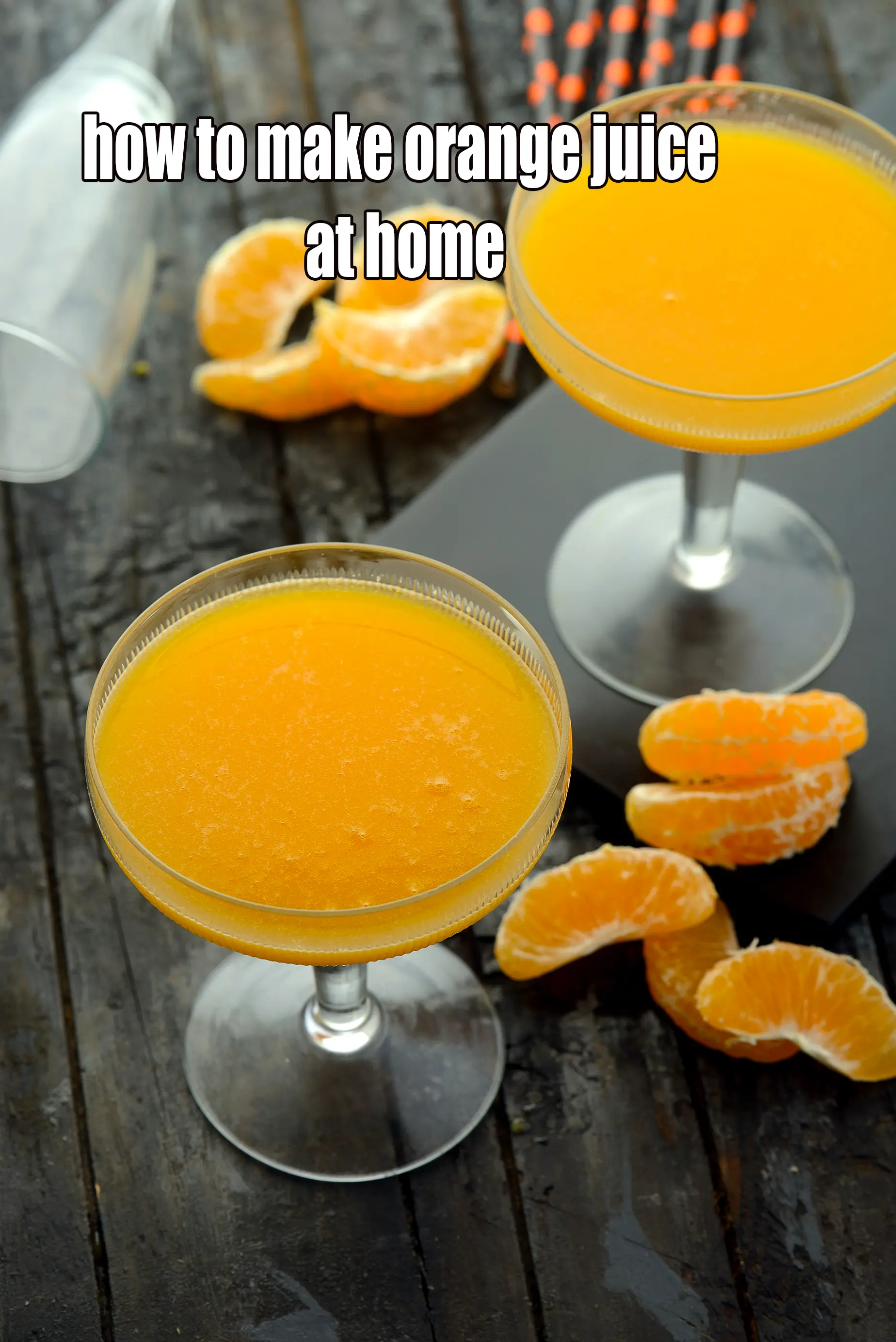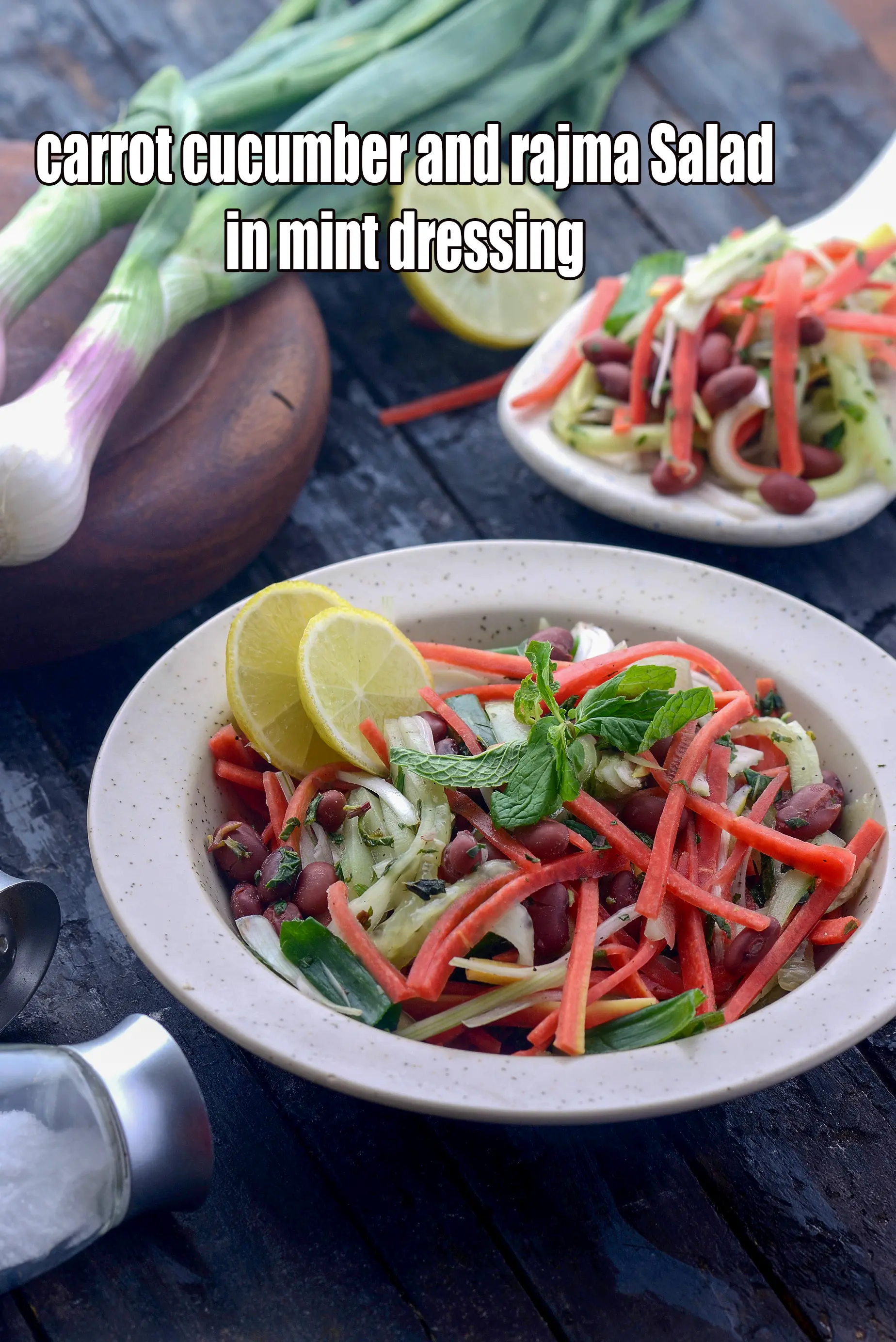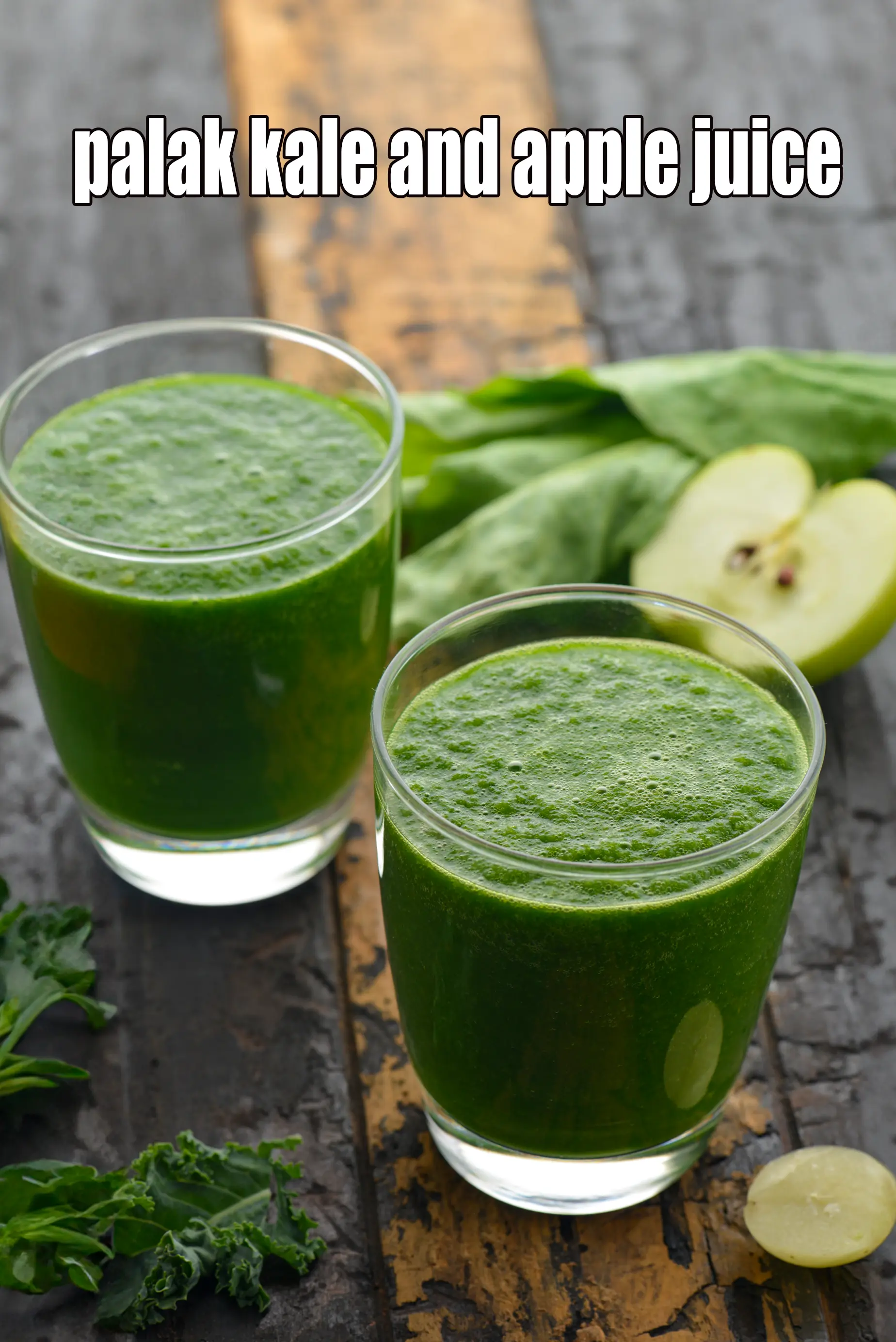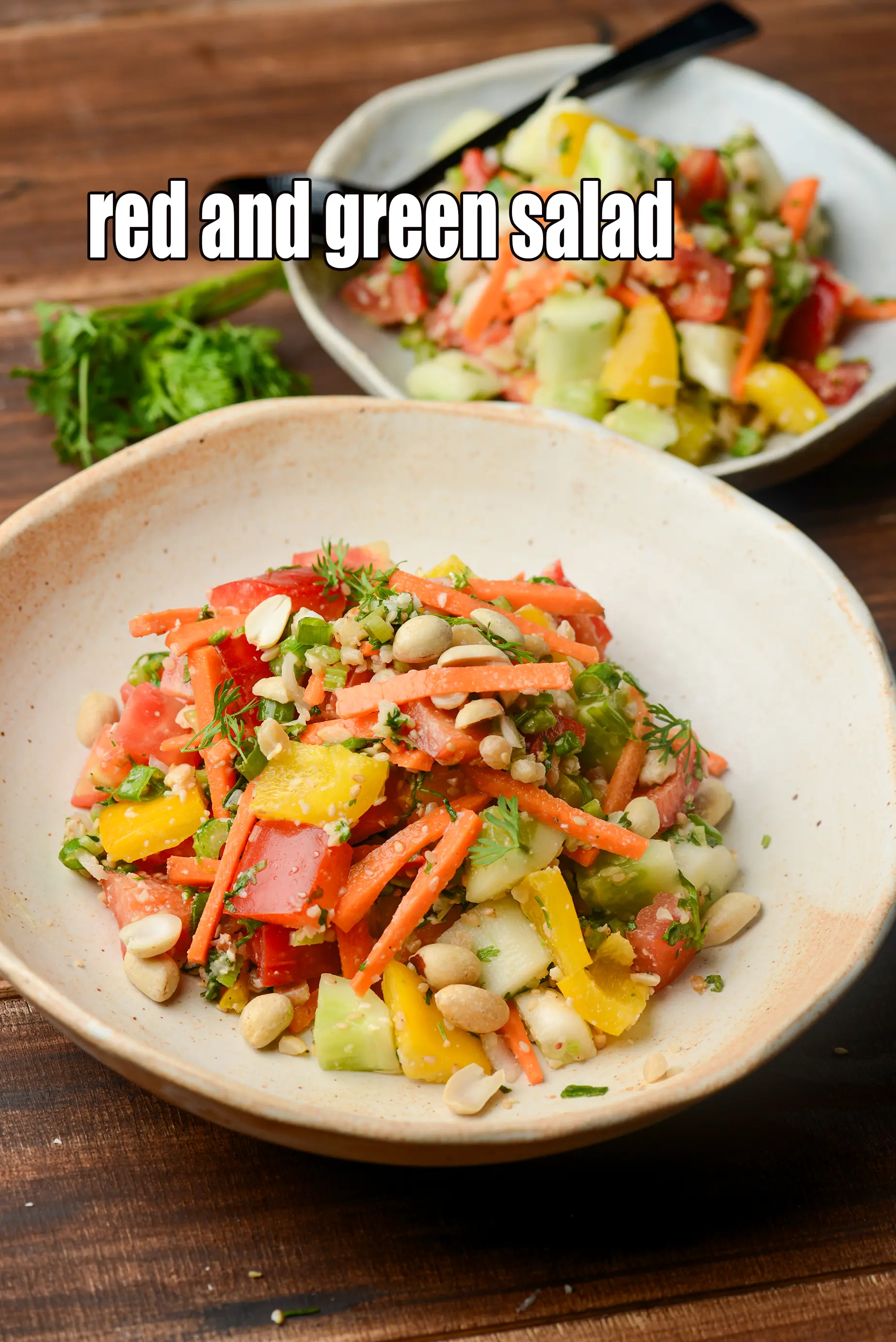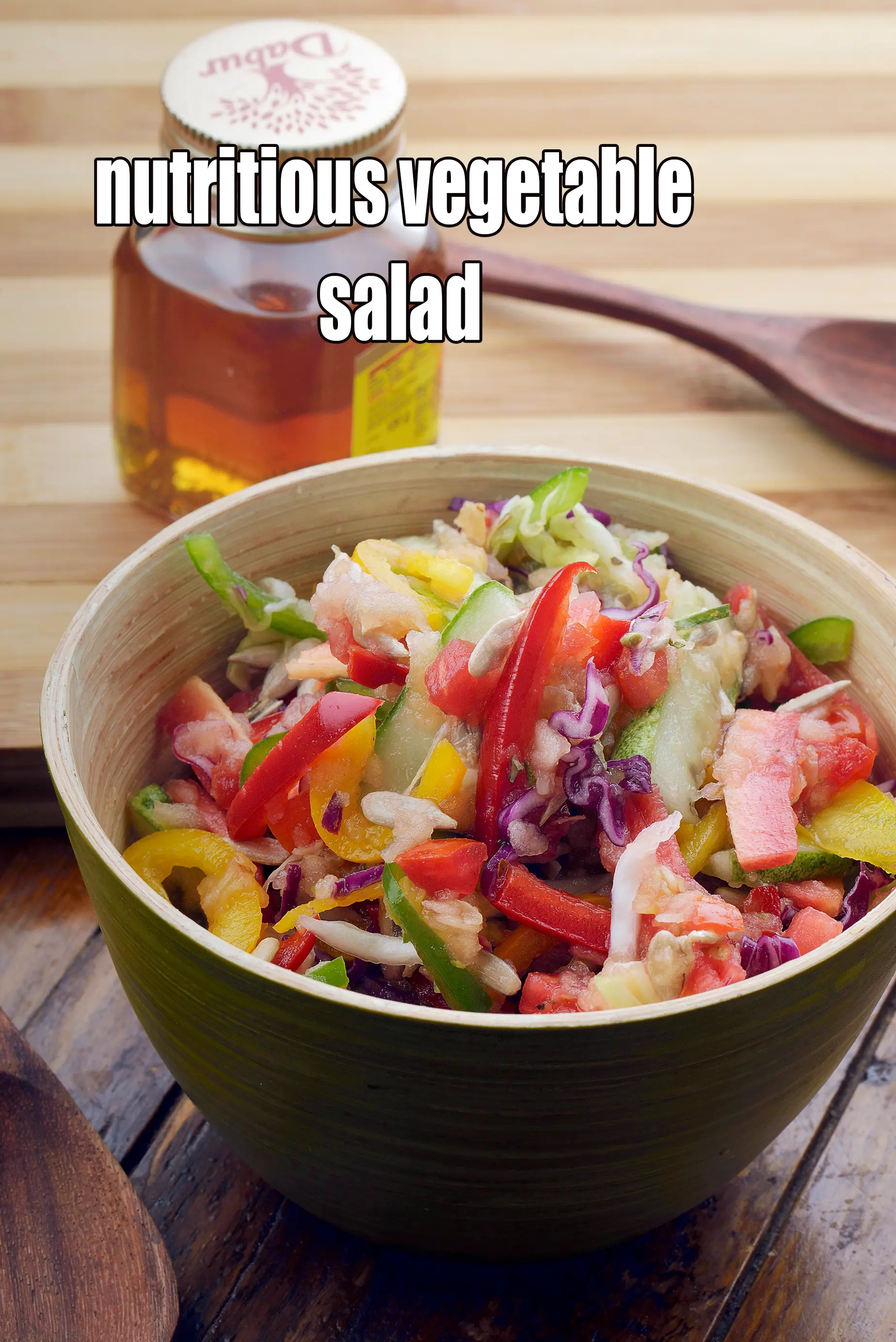Nutritional Facts of Aloo Bhujia Sabzi, Calories in Aloo Bhujia Sabzi
This calorie page has been viewed 27895 times
Table of Content
How many calories does one serving of Aloo Bhujia Sabzi?
One serving (100 grams) of Aloo Bhujia Sabzi gives 179 calories. Out of which carbohydrates comprise 104 calories, proteins account for 8 calories and remaining calories come from fat which is 70 calories. One serving of Aloo Bhujia Sabzi provides about 9 percent of the total daily calorie requirement of a standard adult diet of 2,000 calories.
Aloo Bhujia Sabzi serves 4, 100 grams per serving.
179 calories for 1 serving of Aloo Bhujia Sabzi, Cholesterol 0 mg, Carbohydrates 25.9g, Protein 2g, Fat 7.7g. Find how much fibre, iron, calcium, zinc, magnesium, phosphorus, sodium, potassium, folic acid is present in Aloo Bhujia Sabzi.
See aloo bhujia sabzi recipe | Bihari aloo bhujiya | crispy aloo fry | with 20 amazing images.
aloo bhujia sabzi is a popular North Indian dish, especially in the state of Bihar. Learn how to make aloo bhujia sabzi recipe | Bihari aloo bhujiya | crispy aloo fry |
Bihari aloo bhujiya is a simple yet flavorful dry potato sabzi, known for its simplicity and the use of minimal ingredients. It's a quick and easy dish to prepare.
It’s made using basic ingredients like potatoes, mustard oil, and a blend of spices, giving it a rustic and earthy flavor. The dish gets its name from the texture of the potatoes, which resemble small sticks or 'bhujia'.
Is Aloo Bhujia Sabzi healthy?
Yes, but conditions apply.
Let's understand the ingredients.
What's good.
Onions (pyaz, kanda) : Raw onions are a very valuable source of vitamin C – the immune building vitamin. Along with other phytonutrients from onions, it helps to build WBC (white blood cells) which serves as a line of defence against illness. Yes, it’s a source of many antioxidants, the most important one amongst them being Quercetin. The quercetin in Onions promotes production of HDL (good cholesterol) and lowers total cholesterol in the body. The sulphur in onions act as a blood thinner and prevents blood clotting too. This in turn would lower blood pressure and good for heart, diabetics. Read the benefits of onions.
Coriander (kothmir, dhania) : Coriander is a fresh herb often used as a flavour enhancer in Indian cooking. It is mainly used as a garnish. This is the best way to use it - no cooking. This preserves its vitamin C content which helps to build our immunity and bring that sparkle to the skin. The antioxidants vitamin A, vitamin C and the quercetin present in coriander works towards strengthening our immune system. Coriander is a fairly good source of iron and folate – the 2 nutrients which help in the production and maintenance of red blood cells in our blood. Good for reducing cholesterol and good for diabetics. Read 9 benefits of coriander to understand details.
Benefits of mustard oil : Mustard oil, made from the seeds of mustard, has a very peculiar strong smell, not liked by many. Like avocado oil, olive oil is higher in MUFA (mono unsaturated fatty acids) than PUFA (polyunsaturated fatty acids). It has about 60% MUFA. This ratio along with its compound allyl isothiocyanate is known to reduce inflammation in the body and reduce the risk of heart diseases. Its antibacterial and anti-fungal properties has made it very popular in the use of pickles. However, the presence of erucic acid in it is known to have some ill effects on the body. Check for the proportion or erucic acid on the bottle of mustard oil while buying if possible. Always remember to restrict the consumption of oil to not more than 3 to 4 tsp per day.
What's the problem?
Potatoes (Aloo) : Potatoes being high in simple carbohydrates which can lead to weight gain and are not good for people with diabetes and obesity. Potatoes are recommended for malnourished children and people with low weight. See full details on why potatoes are bad for you.
Can diabetics, heart patients and overweight individuals have Aloo Bhujia Sabzi?
Yes, but in moderation.
- Oil Usage: While mustard oil is generally considered healthy, it's still high in fat. Use it in moderation.
- Spices: Use a blend of healthy spices like cumin, coriander, and turmeric.
- Portion Control: Enjoy the sabzi in moderation as part of a balanced meal.
- Accompaniments: Pair the sabzi with whole grains like brown rice, bajra roti, jowar roti or quinoa for a complete and balanced meal with curd on the side for more protein.
| Energy | 179 cal |
| Protein | 2 g |
| Carbohydrates | 25.9 g |
| Fiber | 2.1 g |
| Fat | 7.7 g |
| Cholesterol | 0 mg |
| Vitamin A | 147.6 mcg |
| Vitamin B1 | 0.1 mg |
| Vitamin B2 | 0 mg |
| Vitamin B3 | 1.4 mg |
| Vitamin C | 21.7 mg |
| Folic Acid | 20 mcg |
| Calcium | 16.6 mg |
| Iron | 0.7 mg |
| Magnesium | 37.6 mg |
| Phosphorus | 49.7 mg |
| Sodium | 12.9 mg |
| Potassium | 289.2 mg |
| Zinc | 0.6 mg |
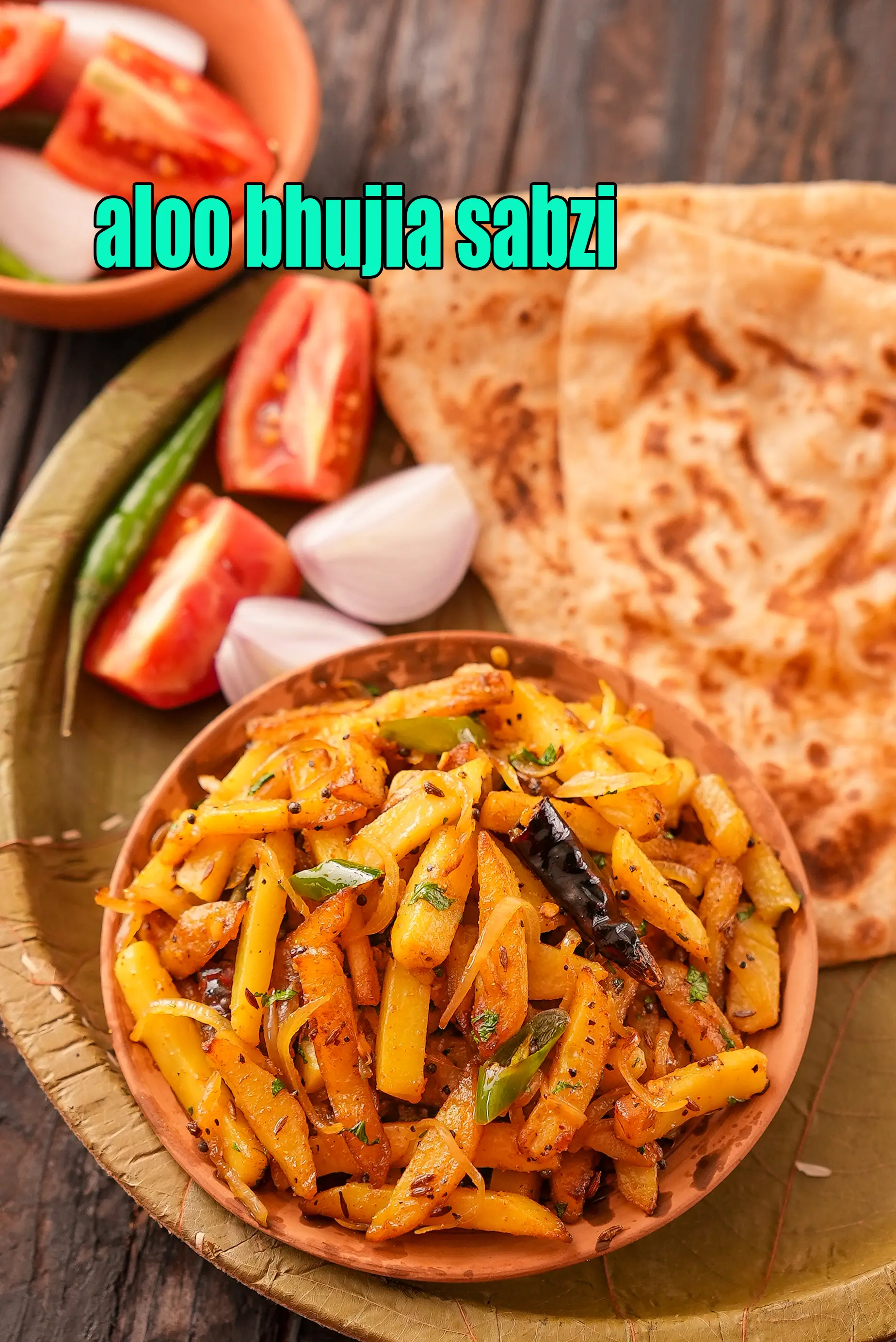
Click here to view Aloo Bhujia Sabzi
Calories in other related recipes

